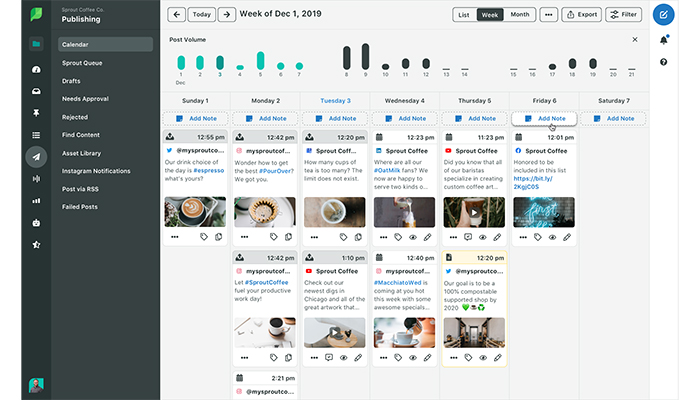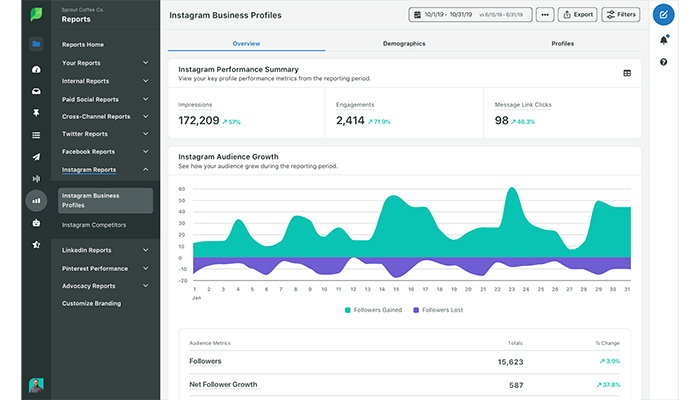Less is more: Could culling your social media power up engagement?
Fri 16th Apr 2021 by Katrina Bell

Less is more: Could culling your social media power up engagement?
Business owners are continually being told that having a presence on multiple social media platforms is a shoe-in for more sales – but what if the opposite is true? Our web expert Katrina Bell investigates.
The more social platforms your business inhabits, the better the return on your investment – so goes the received wisdom. Put another way, the more you shout into the digital black hole of Facebook, Instagram, Twitter and the like, the more customers will hear you and invest themselves in your brand. The pressure to constantly talk to potential sales and somehow get ahead of the search engine algorithms can find you scrambling to produce any content, as opposed to quality content.
Which is why I’d like to suggest you get out the virtual red pen and start cutting down on your activities, and so make better use of internal resources.
The battleground between organic content versus paid social media posts has never been so fraught. Despite consumers spending more time online, social platform ad spend is not keeping pace – as the pandemic started to bite in April 2020, the cost per mile, which indicates the worth of its advertising revenue, began to dip. However the cost to the buyer per thousand impressions, slowly began to rise. The only winner in that race is Facebook.
Three steps to better socials
1. Find your audience and what they care about. Drilling down into your core audience’s values is step one to culling unnecessary socials, but knowing where they are. Limit your presence to the online marketing platforms that will help you connect with a majority of your audience. For instance, explainer videos are hugely popular on YouTube, so if you have a product that benefits from a how-to guide and the internal talent to talk consumers through tasks, this is a guaranteed credibility builder.
2. Use a channel manager wisely – tools like Hootsuite and Buffer proclaim to take the work out of social marketing by aggregating your posts over several platforms. They may make it easier to arbitrarily cross-post, but it does not guarantee to make your cross-posts more effective or increase engagement. Repetition can result in not only a pervasive case of brand blindness, but even feelings of dissatisfaction – how often do you scroll past promotional content without a second thought, or worse, thinking why am I seeing this again and again?


3. Embrace in-bound marketing, tailored to specific customer types, that is designed to be more personally relatable – the opposite of outbound marketing that essentially interrupts your target audience with content that they don’t always want. Inbound marketing aims to solve your audience's problems and gives a higher degree of ‘delight’ – so if your product is providing inspiration on Instagram or Pinterest for a person curating ideas for a new kitchen or bathroom, your visual input has instant traction with them.
The onus on you as a business is to create content that adds value on social platforms rather than just informs views of your brand’s existence. To follow that analogy – a tweet with excess hashtags on Twitter has demonstrably less value to that same customer as the platform is not designed to be visually attractive.
So – now you have whittled down the who, where and why, it’s time to become a social media superstar.
Tags: features, insight, social media, web expert, kitchens, bathrooms
Sign up to our newsletter
Crown Imperial – 5 ‘must have’ kitchen trends for 2026
Sun 21st Dec 2025


























